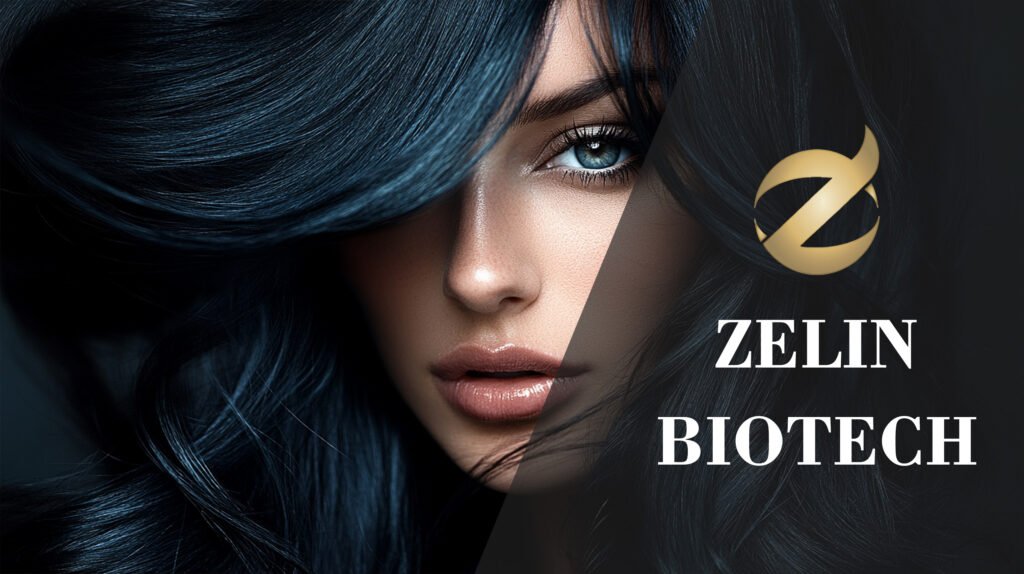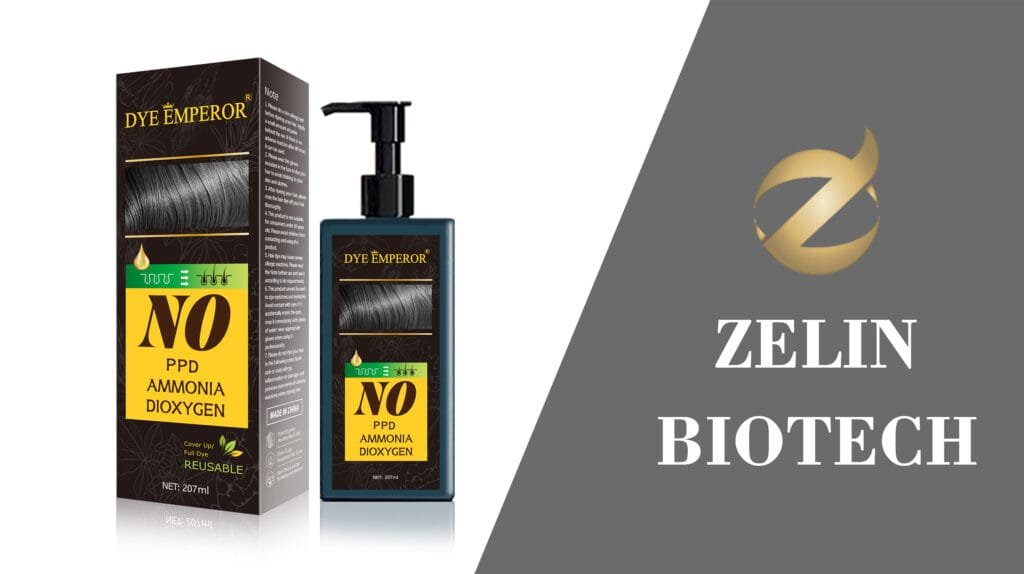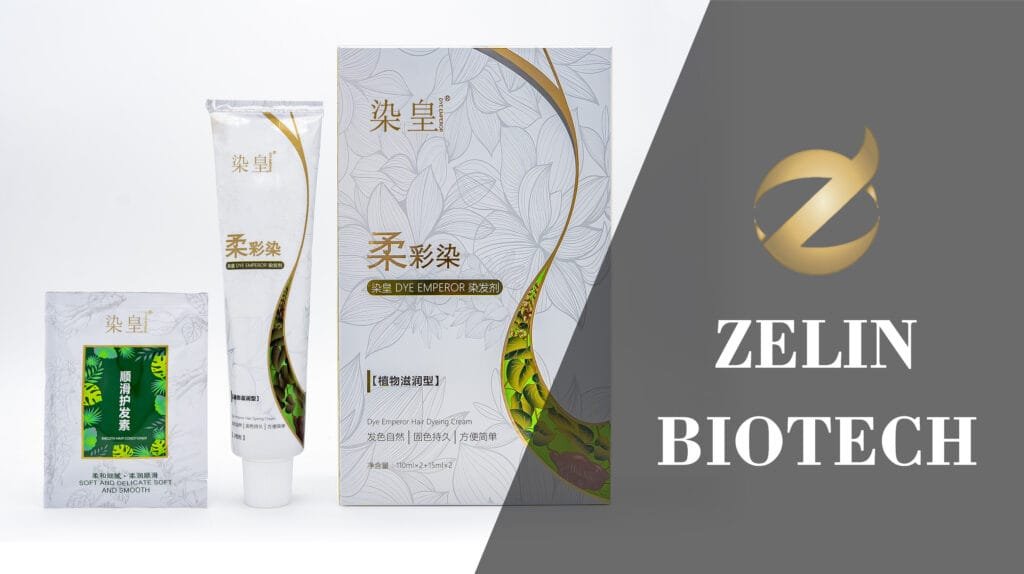Target Audience: Beginners looking to dye their hair at home for the first time.
Goal of Article: To provide a comprehensive, confidence-building guide for first-time at-home hair dyers, establishing the author/website as a trusted authority.
Switching up your hair color for the very first time can feel like a monumental leap. I remember my own first experience – standing in the beauty aisle, utterly overwhelmed by the sheer number of shades and techniques, wondering if I was about to make a huge mistake. Whether you’re dreaming of a bold transformation or just a subtle refresh, the idea of permanent change to your appearance can be daunting.
But here’s the secret I’ve learned through countless at-home coloring adventures (and a few less-than-perfect outcomes): it doesn’t have to be scary. With the right preparation, a dash of insider knowledge, and a clear understanding of the process, you can absolutely achieve stunning results and unlock the hair of your dreams.
This guide distills everything I’ve learned, the tips I wish someone had shared with me before, during, and after dyeing my hair at home. My goal is to empower you to approach this exciting change with confidence, armed with the knowledge of a seasoned pro.
Step 1: Choosing Your Perfect Shade – The Foundation of Your Transformation
Before you even think about mixing chemicals, picking the right color is paramount. This isn’t just about what looks good on the box; it’s about what will genuinely flatter you. After years of experimenting, I’ve honed in on two critical factors:
A. Understand Your Skin Tone: Your Personal Color Compass
This is hands-down the most crucial piece of advice I can give. Your skin’s undertone dictates which hair colors will make your complexion glow and which might leave you looking a little washed out.
Cool Skin Tones: If your veins on your inner wrist appear blue or purple, you likely have cool undertones. Think platinum blondes, ash browns, cool reds (like burgundy), and true black. These shades will complement your skin beautifully.
Warm Skin Tones: If your veins appear green, you’re in the warm camp. Golden blondes, rich caramels, warm auburns, and chocolate browns will illuminate your features.
Neutral Skin Tones: Lucky you! If you see a mix of blue and green veins, or they’re hard to distinguish, most colors will suit you. This gives you incredible versatility.
My personal tip: When I’m unsure, I look at how gold and silver jewelry look against my skin. Gold tends to pop on warm tones, while silver shines on cool tones. Still unsure? Don’t hesitate to use online skin tone analysis tools or even consult a professional stylist for a quick assessment.
B. Respect Your Natural Color: Setting Realistic Expectations
I once believed I could jump from dark brown to platinum blonde in one go at home. Spoiler alert: I couldn’t. Your natural hair color (and any previous dyes) significantly impacts how your chosen shade will develop.
Lifting Power: Box dyes have a limited ability to lift (lighten) your natural pigment. If you have very dark hair and want a light blonde, you’ll likely need multiple sessions, potentially involving bleaching, which is often best left to professionals to avoid damage.
Underlying Pigments: All hair has underlying warm pigments (red, orange, yellow) that are exposed when you lighten it. This is why dark hair often turns orange or brassy when lightened. Understanding this helps you choose shades that counteract or embrace these undertones.
This isn’t to say you shouldn’t aim high, but rather to manage expectations. For drastic changes, a salon visit is often the safest and most effective route. For subtle shifts or going a few shades lighter/darker, home dyeing can be fantastic.

Step 2: The Non-Negotiables: Patch and Strand Tests
As someone who once skipped these steps (and regretted it!), I cannot stress enough the importance of these two tests. They are your safety net and your preview, protecting you from potential disasters.
A. The Allergy (Patch) Test: Your Health, First and Foremost
Every single time I dye my hair, I perform a patch test 48 hours beforehand. This isn’t a suggestion; it’s a critical safety measure to prevent severe allergic reactions to the dye’s ingredients, particularly PPD (paraphenylenediamine), which can be found in many permanent hair dyes.
How I do it:
Mix Small Batch: In a non-metallic bowl, mix tiny, equal amounts of color and activator. Use a plastic spoon.
Apply: With a cotton swab, apply a small dab of the mixture to an inconspicuous area, like the inside of your elbow or behind your ear.
Wait 48 Hours: Leave it uncovered and unwashed for 48 hours. Seriously, don’t skip this wait time.
Observe: Check for any redness, itching, swelling, burning, or irritation. If any reaction occurs, do NOT use the product. Seek alternative dyes (like PPD-free options) or consult a professional.
[Disclaimer: This information is for general guidance only and does not constitute medical advice. Always read and follow the specific instructions and warnings provided with your hair dye product. If you experience an allergic reaction, seek immediate medical attention.]
B. The Strand Test: Your Color Preview
After your patch test is clear, do a strand test. This is like a dress rehearsal for your hair.
My method:
Isolate a Strand: Pick a small, inconspicuous section of hair, ideally from underneath or behind your ear.
Apply Dye: Apply the mixed dye to this section.
Process: Let it sit for the full recommended processing time stated in the instructions.
Rinse & Dry: Rinse it thoroughly and blow-dry it completely.
What I look for:
Color Accuracy: Is this the shade I envisioned? Does it look natural on my hair?
Processing Time: Did it develop fully in the recommended time, or do I need to adjust (e.g., leave it on slightly longer or shorter)?
Hair Condition: Does my hair feel healthy? Is it damaged or overly dry? This helps me determine if my hair can handle the dye.
This step has saved me from many a “color shock” and helped me fine-tune my approach.
Step 3: Prepare Like a Pro – The Pre-Dye Checklist
Once you’ve chosen your color and passed your tests, it’s preparation time. Think of it like cooking: the meal goes much smoother if all your ingredients are prepped and ready. I’ve learned that a little foresight prevents a lot of panic (and stained furniture!).
A. Dye on Dry, “Dirty” Hair
Most celebrity hair colorists and dye manufacturers recommend applying dye to completely dry hair that hasn’t been washed for 24-48 hours. Why?
Scalp Protection: Your scalp’s natural oils act as a protective barrier against the chemicals in the dye, reducing irritation and potential damage.
Even Absorption: Dry hair ensures the dye absorbs consistently, preventing patchy results.
Always read the specific instructions in your dye box, as a few brands might recommend damp hair. But in my experience, dry hair is almost always the way to go.
B. Gather Your Arsenal: My Essential Checklist
Being prepared is half the battle. Before I even open the dye box, I ensure everything on this list is within arm’s reach:
Mirror: A large mirror, plus a hand mirror, is crucial for checking the back of your head and ensuring no spots are missed. Trust me, you’ll regret it if you don’t.
Dye Wipes/Damp Cloth: Accidents happen! If you get dye on your skin or surfaces, wipe it off immediately before it sets. Specific dye wipes are great, but a damp cloth works in a pinch.
Petroleum Jelly (Vaseline) or Thick Balm: My secret weapon! Apply a generous layer along your hairline, ears, and neck. This creates a barrier, preventing dye from staining your skin.
Old Towels or Plastic Sheets: Protect your floors, countertops, and anything else you don’t want permanently stained. I use old bath towels I don’t care about, or even cut-open garbage bags for larger areas.
Disposable Gloves: While most dye kits come with gloves, I often keep extra pairs on hand. They protect your hands during application and when rinsing.
Two Boxes of Color (for long/thick hair): This is a game-changer! If your hair is past your shoulders or particularly thick, one box is often insufficient. Running out midway is the worst feeling. You can always save the second box for touch-ups or a future application if you don’t use it.
Hair Clips/Clamps: Essential for sectioning your hair neatly.
Step 4: The Application – Dyeing Your Hair Like a Salon Pro
Now, with everything prepped, it’s time for the main event! These are the techniques I’ve refined over the years to get the most even, professional-looking results at home.
Comb and Detangle: Gently comb through all your hair before you start. Even a tiny knot can prevent the dye from distributing evenly.
Section Your Hair: For even coverage, divide your hair into four (or more, if very thick) main sections. I typically create a center part, then divide each side horizontally from ear to ear. Clip each section securely. I always start with one of the front sections; this maximizes the color processing time for the hair that’s most visible.
Follow the Instructions: This sounds obvious, but it’s often overlooked.
First-time colorers: Most kits have a specific method for all-over, first-time application. This usually involves applying to the roots and lengths simultaneously.
Root Touch-ups: If you’re coloring already processed hair, you’ll typically apply to the roots first, let it process for a certain time, and then pull it through the ends for the last 5-10 minutes. This prevents over-processing and damage to previously colored hair.
Saturate Thoroughly: Don’t be shy with the dye! Ensure every strand within your working section is fully saturated, from root to tip. Use the applicator bottle or a brush to really work it in.
Timing is Everything: Adhere strictly to the processing time recommended in your dye instructions. Setting a timer is crucial. Leaving it on too long can cause damage, and not long enough can result in under-processed or dull color.
Rinse with Care: When time’s up, hop in the shower. Rinse your hair with lukewarm (not hot!) water until the water runs completely clear. Avoid shampooing immediately after dyeing. Your hair cuticle needs time to seal. I usually wait at least 24-48 hours before the first shampoo.
Condition Deeply: Most kits come with a post-color conditioner. Use it! It helps seal the cuticle, lock in color, and restore moisture. I often leave it on for 5-10 minutes for an extra conditioning boost.

Step 5: Post-Dye Maintenance – Maximize Your Color’s Lifespan
You’ve put in the work, now protect your investment! My biggest lesson in hair coloring is that maintenance is just as important as the application itself.
Switch to Color-Protecting Products: This is non-negotiable. Look for sulfate-free shampoos and conditioners specifically formulated for color-treated hair. Sulfates can strip color, and color-safe products help maintain vibrancy.
Embrace Hair Masks: Once a week, treat your hair to a nourishing hair mask. This replenishes moisture, strengthens strands, and keeps your color looking fresh. I especially love masks with ingredients like argan oil or keratin.
Control Heat Exposure:
Water Temperature: Washing your hair with lukewarm or cool water is a secret weapon against color fade. Hot water opens the hair cuticle, allowing dye molecules to escape.
Heated Styling Tools: Minimize use of flat irons, curling irons, and even high-heat blow dryers. If you must use them, always apply a heat protectant spray first. High heat can oxidize and fade your color quickly.
Protect from the Sun: Just like your skin, your hair needs UV protection. Prolonged sun exposure can cause color to fade and turn brassy. Wear a hat when outdoors for extended periods, or use hair products with UV filters.
Dry Shampoo is Your Friend: To extend the time between washes (and thus extend your color), incorporate dry shampoo into your routine. This helps absorb excess oil, keeping your hair fresh without stripping color.
My Final Thoughts & Encouragement
Dyeing your hair at home for the first time is a journey, not a sprint. You might not get it absolutely perfect on your first try, and that’s okay. I’ve certainly had my share of learning experiences! What truly matters is approaching it with knowledge, patience, and a willingness to follow the steps that protect your hair and ensure a beautiful result.
With these tips, you’m well-equipped to take the plunge and discover the incredible confidence a fresh new hair color can bring. Happy dyeing!




